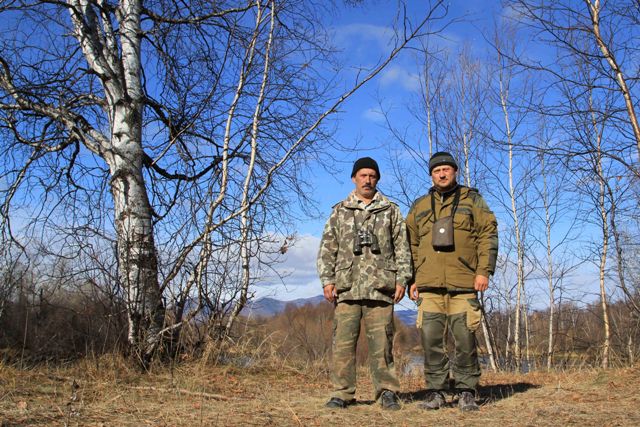Dmitry Pilipenko, ornithologist and researcher of the Commander Islands Nature and Biosphere Reserve - on the right hand side – has returned after a long field trip. He is now on Kamchatka peninsular. Meanwhile, we are going to tell you about his activity off the Commander Islands.
Dmitry had a huge and interesting goal, which can be vaguely described as “exchange of best practices”. He worked on Kamchatka and shared experience with his colleagues in Primorski Krai. Let’s start with Kamchatka.
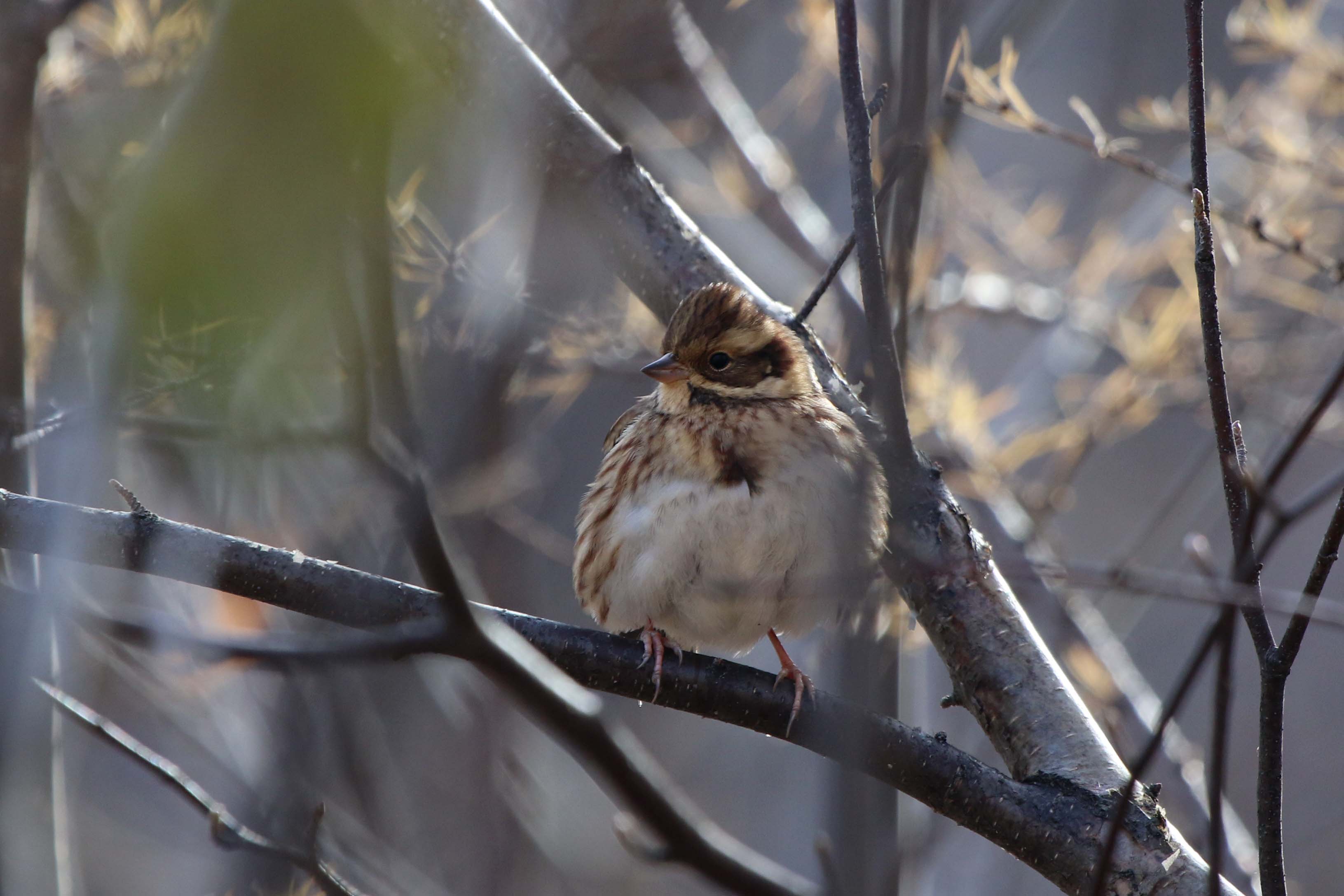
Emberiza rustica
Dmitry Pilipenko covered over 200 km by foot and 1000 km by car during bird monitoring. The main task of the scientific group of Dmitry and his colleagues was to monitor passerine bird species, which are frequent guests on the Commander Islands. To identify the exact species of a bird you should not only know its appearance, but also remember by heart its voice and roll-call peculiarities.

Eurasian nutcracker
Central regions of Kamchatka are a wonderful place to learn such details.
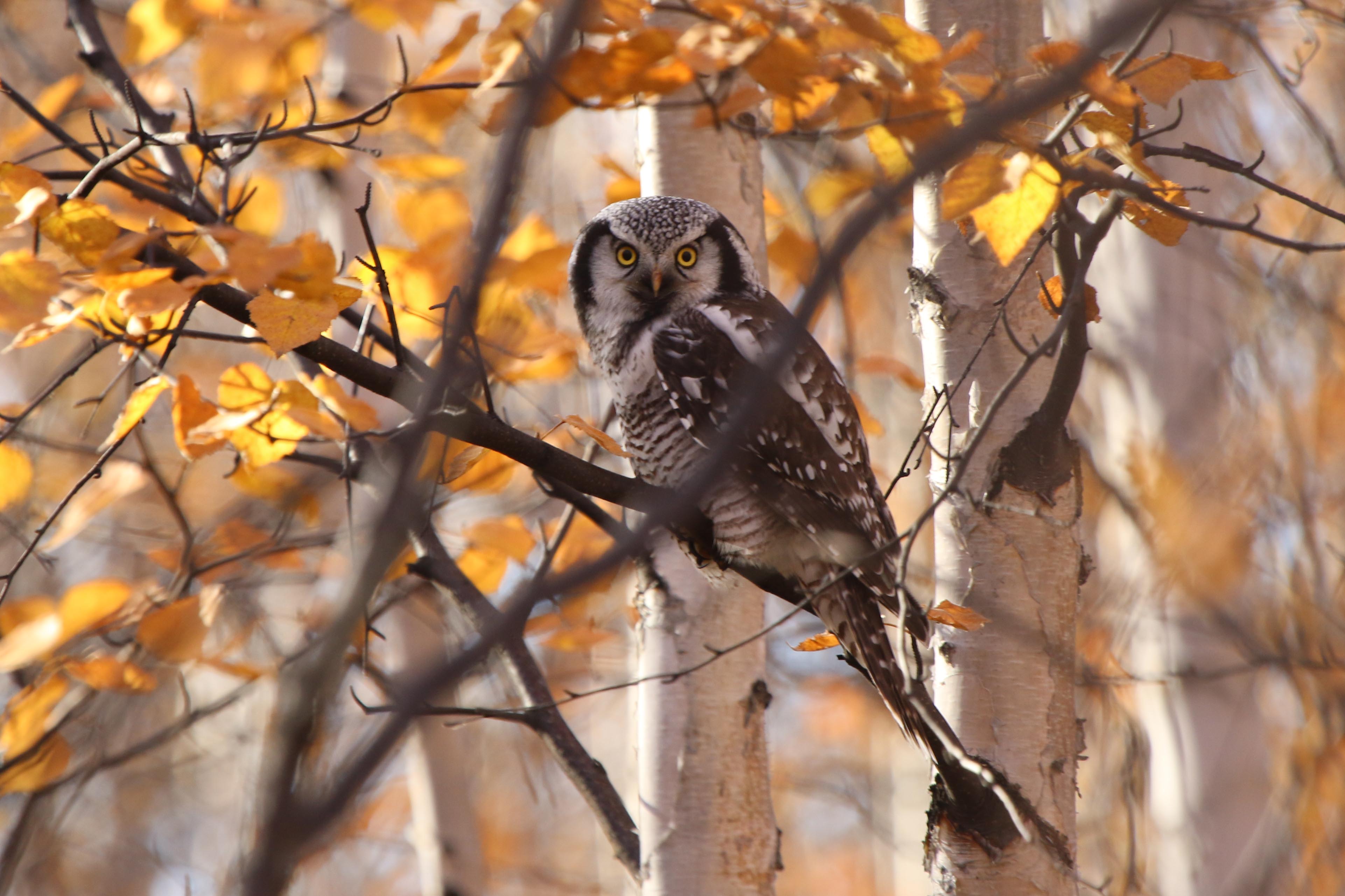
Northern hawk owl
The second part of the field trip was in Primorski Krai, where Dmitry Pilipenko worked with ornithologists, specializing in Anseriformes and their wintering. The Commander Islands are one of few places in the world, where many of this species spend their winter. Moreover, you can find here not only usual harlequin ducks and goldeneyes, but also rear Red Data Book species, such as emperor goose and Steller’s eider, which will be included in the new edition of Red Book of the Russian Federation in 2017. Steller’s eider prefers to winter on the Commander Islands regularly and forms dense populations, which make monitoring easier.
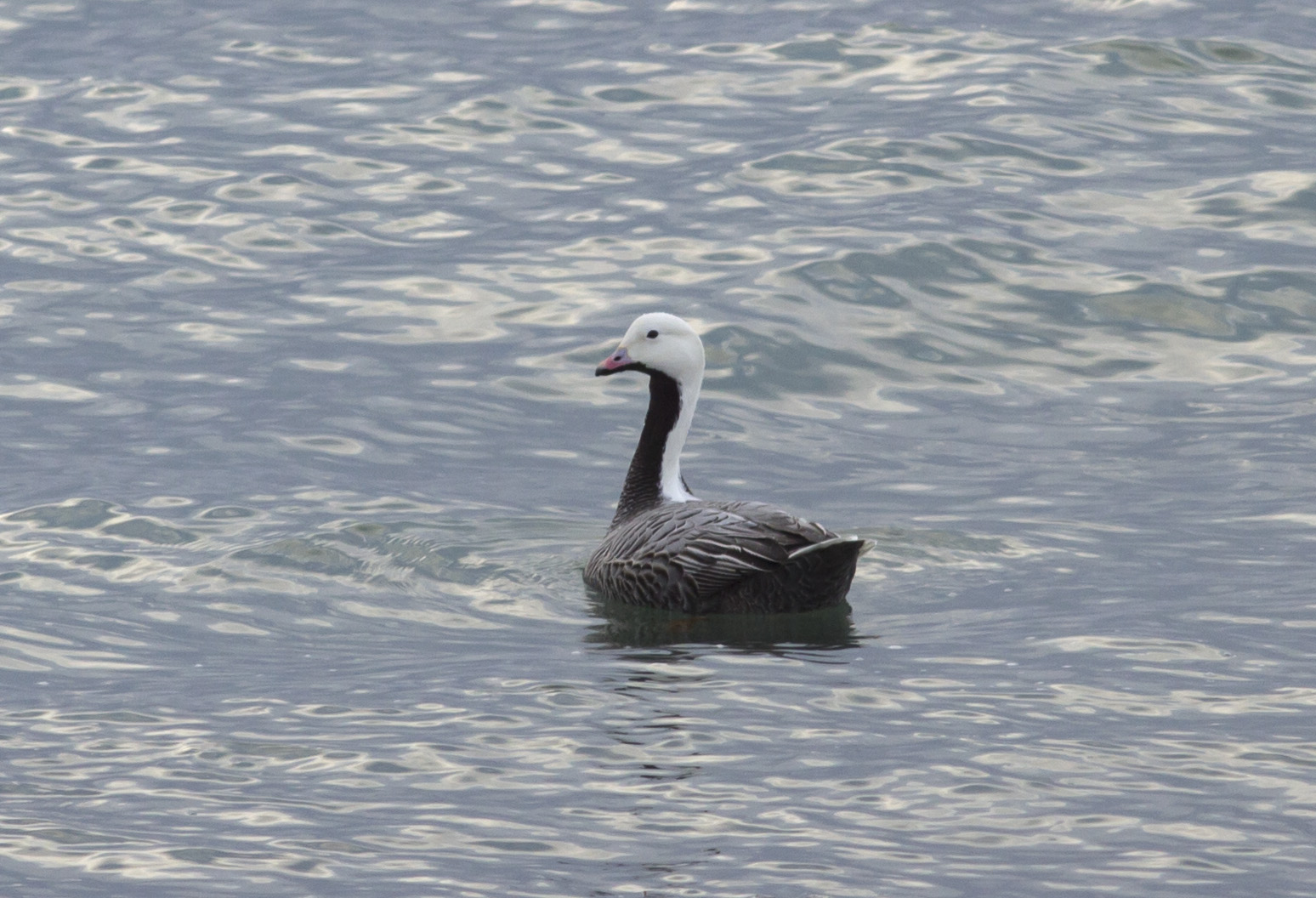
Emperor goose
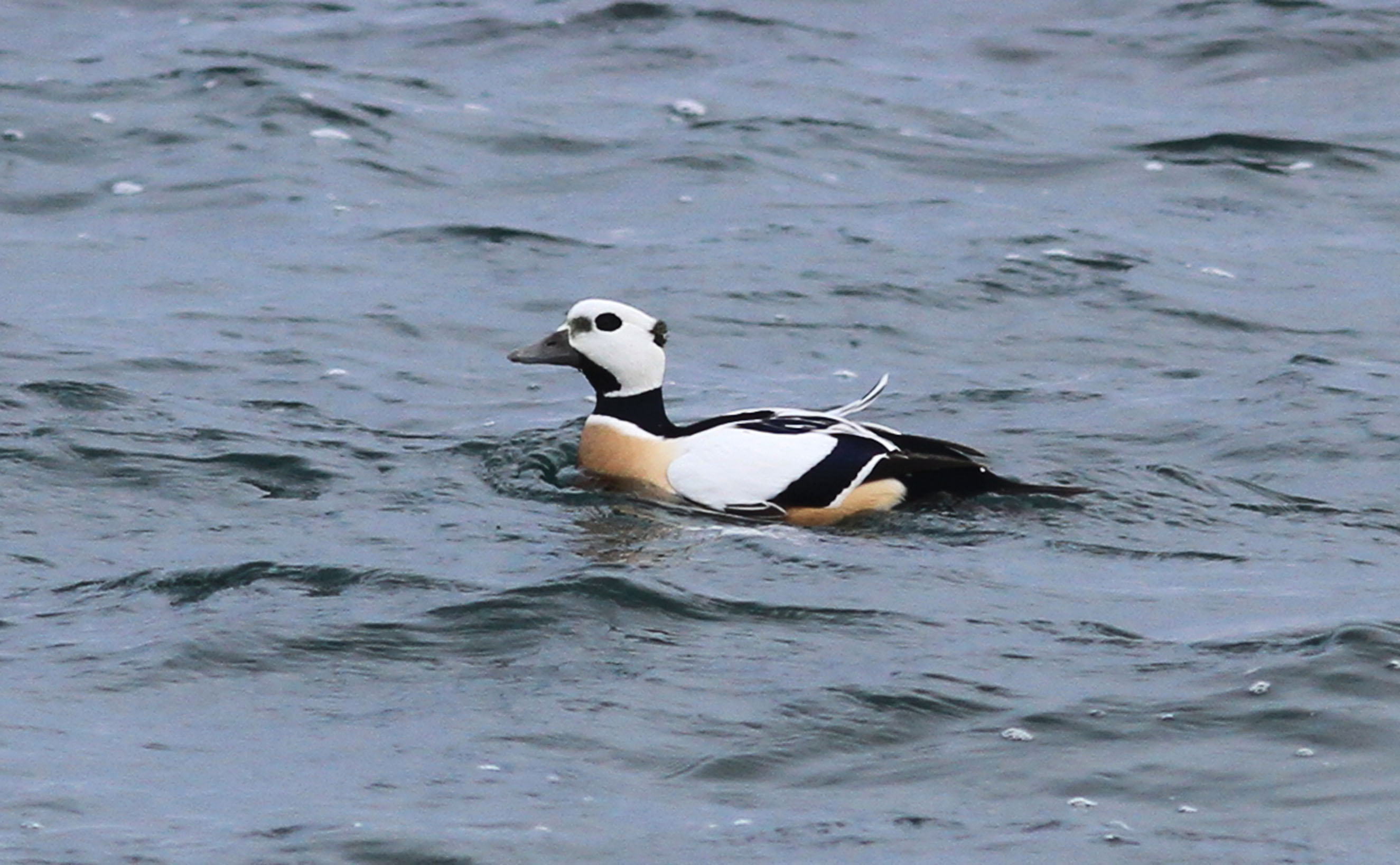
Male Steller’s eider
It is important for scientists not to concentrate their attention only on the population of birds wintering on the Commander Islands, their distribution and stay, but also on other aspects of their biology.
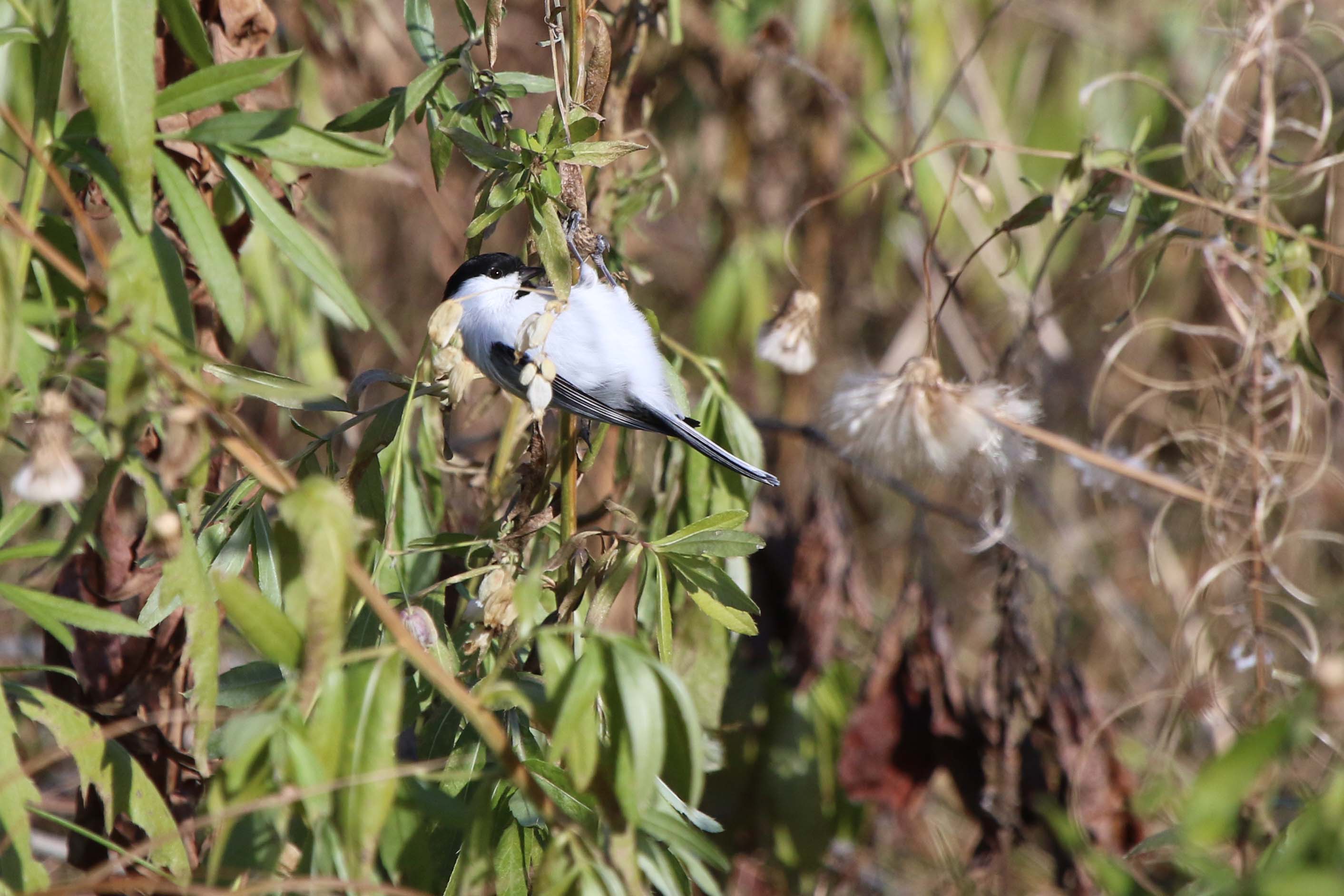
Willow tit
Dmitry Pilipenko visited ringing station near Nakhodka. To ring a bird scientists catch it and put a ring with a number on its leg. Usually birds are ringed on their nesting or wintering places, during migration or molting. This measure gives the possibility to receive more data about their migration routs and terms, about their distribution, changes in population numbers, cause of death or life expectancy.
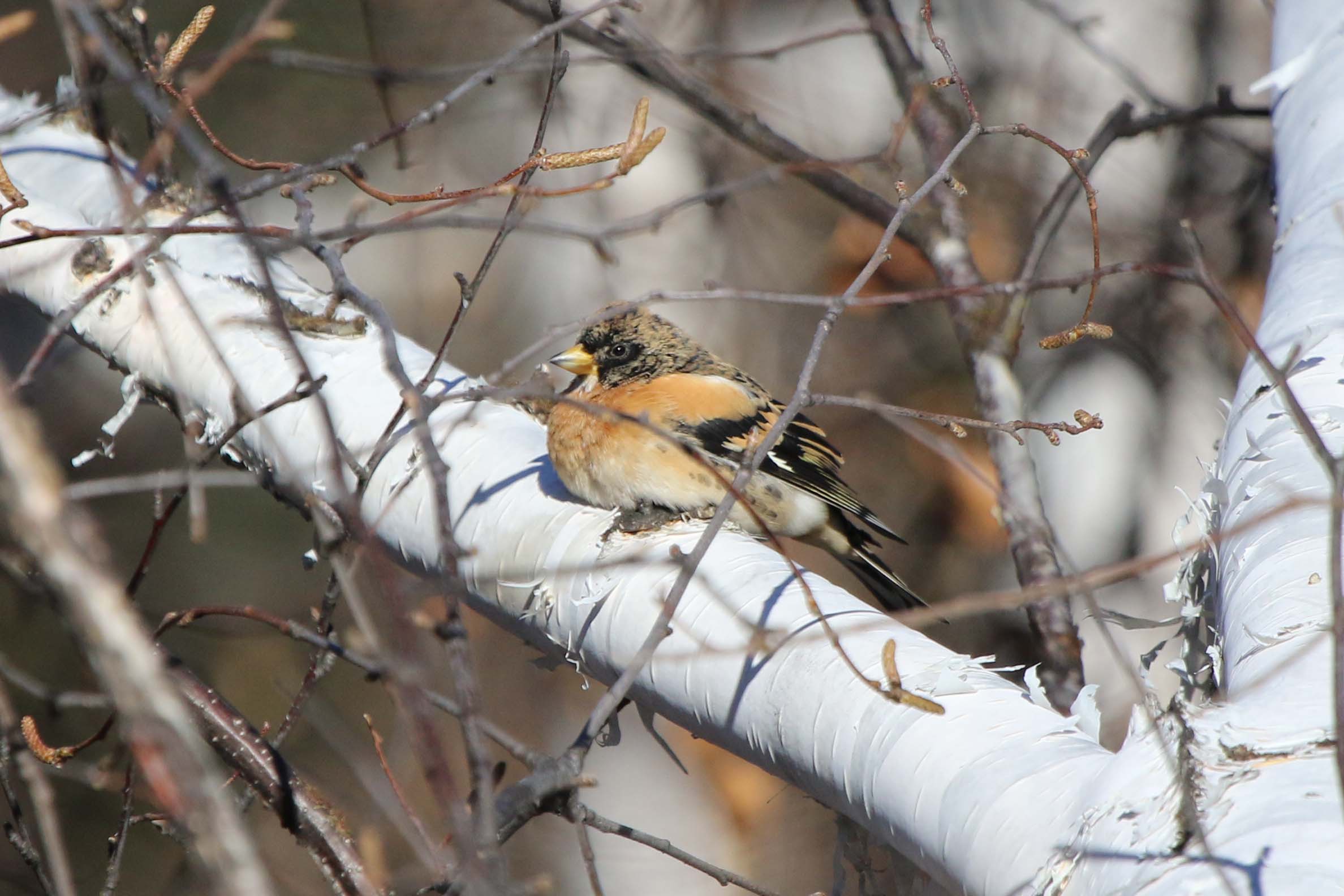
Bramble finch
It is worth saying that experience sharing is an essential part of work in science, because researchers have a chance to see a new point of view and pay attention to details previously unnoticed.
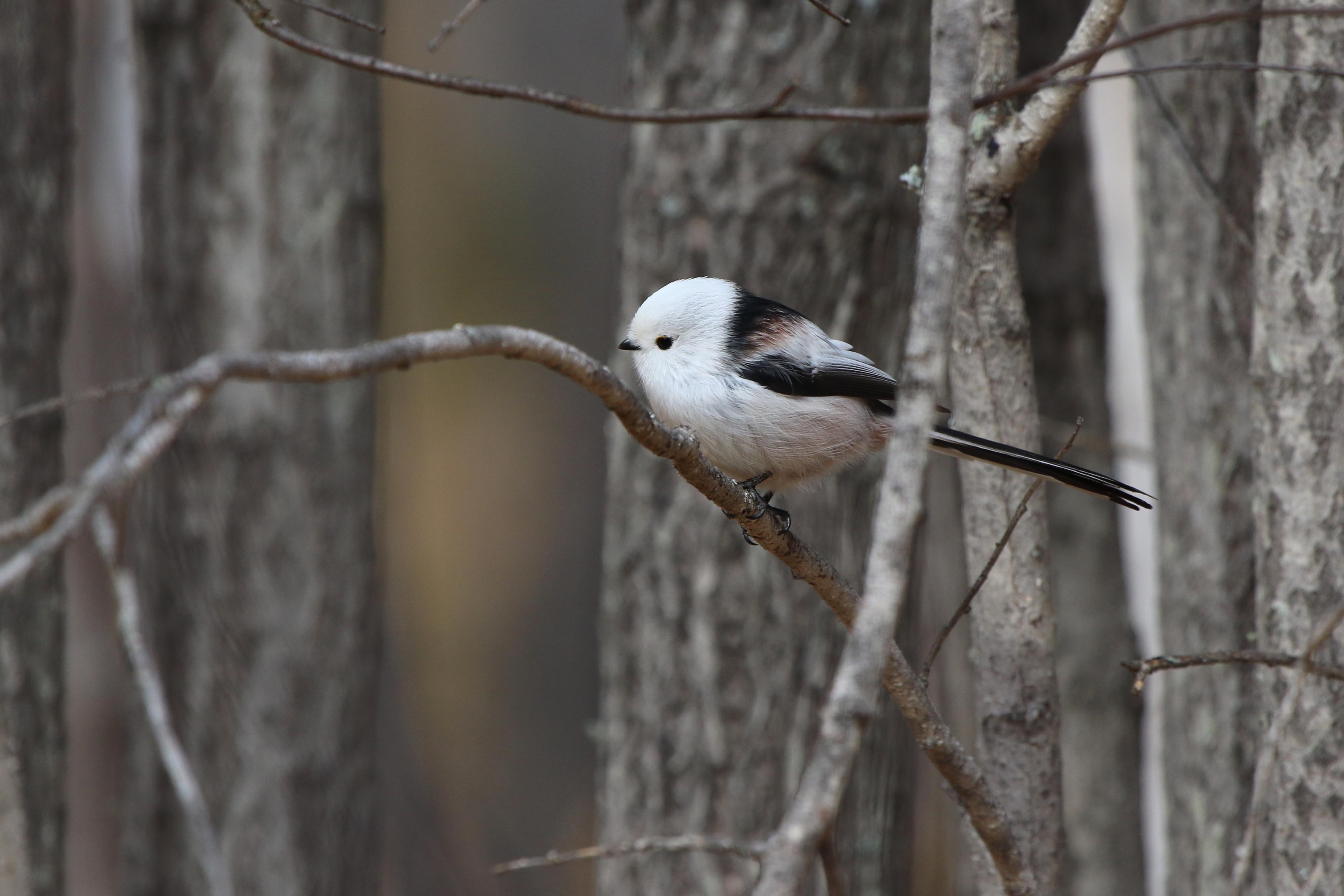
Long-tailed tit
“The Commander Islands are isolated not only as a far-away territory, but also talking about scientific cooperation. Discussion is an important part of any research. Moreover, life does not stand still – new lines of research and new methods appear. Sometimes Internet access is not enough to stay up to date. There is a huge variety of methods to learn more about wintering, but we do not use them all. No telephone call or email will ever replace a face-to-face discussion with a colleague, not to speak of a discussion in field conditions”, said Dmitry Pilipenko, ornithologist and researcher of the Commander Islands Nature and Biosphere Reserve.
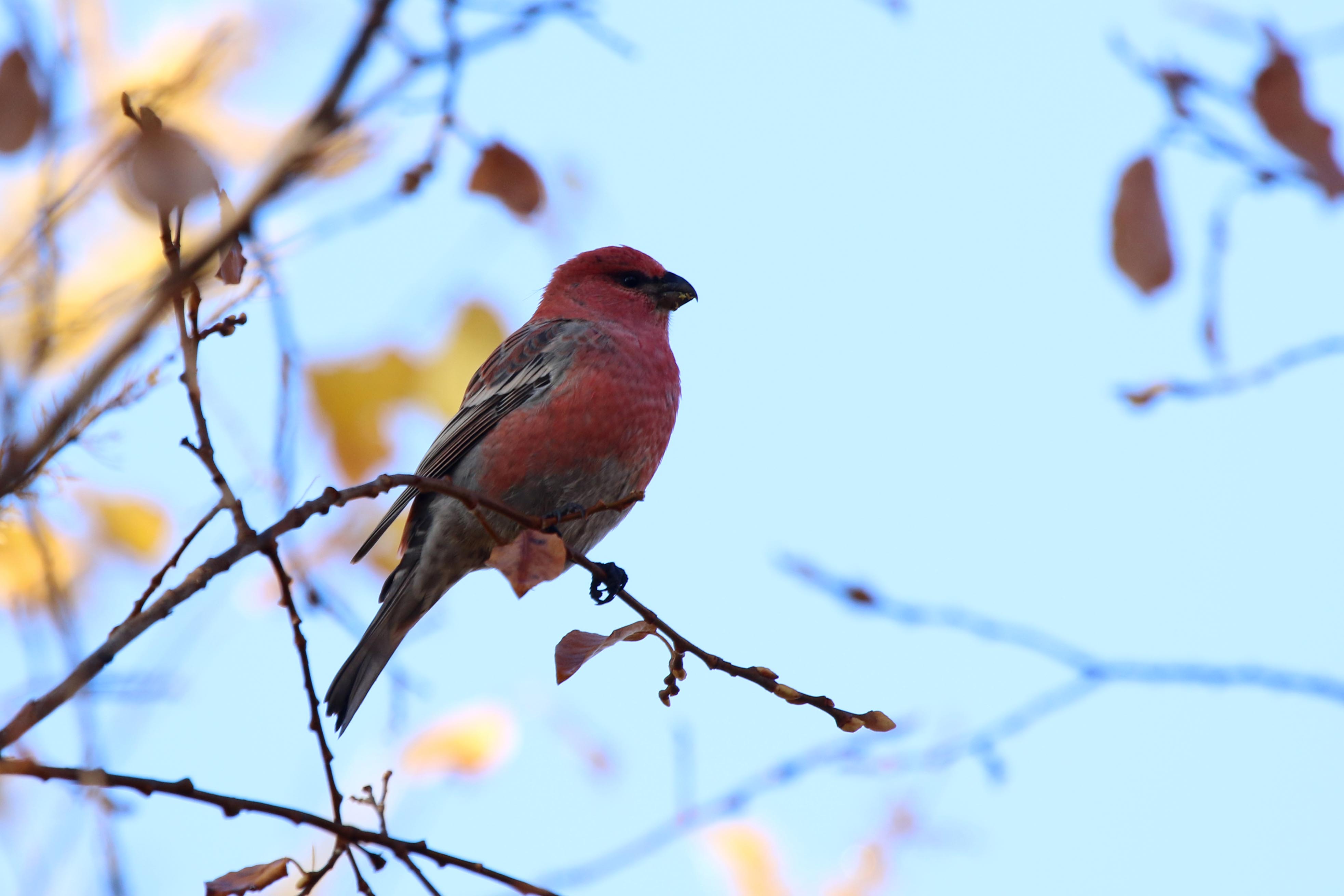
Pine grosbeak
Photos by Dmitry Pilipenko









